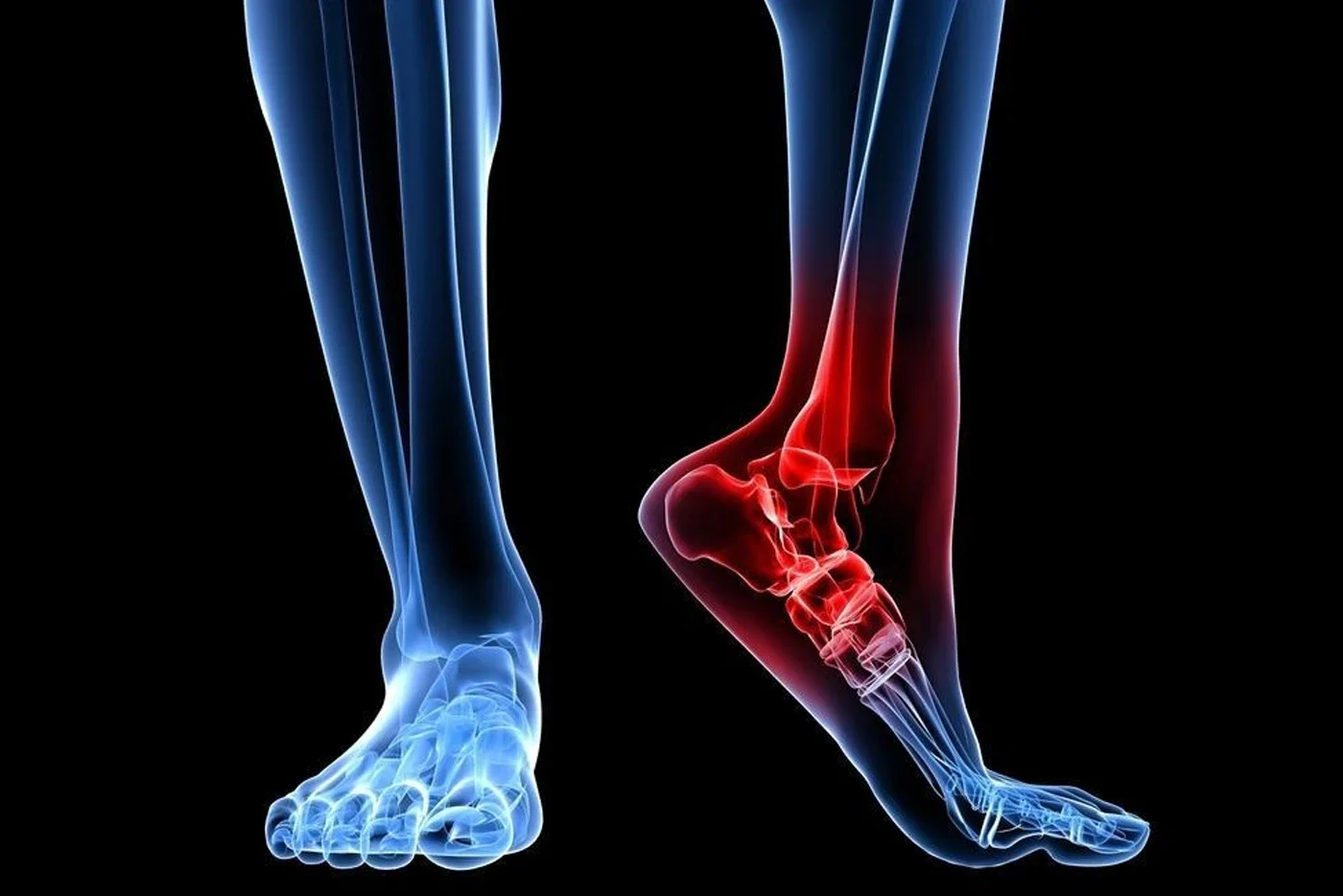Shoulder Dislocation
- Acromioclavicular Joint Dislocation
- Achilles Tendon Injuries
- Ankle Problems
- Cruciate Ligament Injury
- Orthopedic Problems of Dancers
- Knee Problems
- Ganglion Cyst
- Hallux Rigidus
- Hallux Valgus
- Carpometacarpal Joint Arthritis
- Meniscus Tear
- Orthopedic Problems of Musicians
- Olecranon Fracture
- Shoulder Dislocation
- Shoulder Problems
- Osteoartrit
Contact Us
You can contact us to answer your questions and find solutions for your needs.
M. Tibet Altuğ M.D. Contact
M. Tibet Altuğ M.D.
Shoulder Dislocation
In cases where conservative treatment fails, surgical treatment should be applied immediately in patients under 25 years of age involved in sports or athletic activities, particularly when there is significant bone damage or muscle injury.
In cases where conservative treatment fails, surgical treatment should be applied immediately in patients under 25 years of age involved in sports or athletic activities, particularly when there is significant bone damage or muscle injury.
Instability refers to abnormal movement in a joint. Abnormal movement can cause pain and, in some cases, may lead to a complete dislocation. There are active and passive factors that affect the stability of the shoulder joint.
The labrum is a structure that passively contributes to stability. It deepens the joint surface of the humeral head and helps attach the capsule-ligamentous structures to the bone. The rotator cuff muscles are essential dynamic structures that contribute to joint stability.
Anterior Instability:
This is the most common type of shoulder instability. It typically occurs when the shoulder is abducted and externally rotated away from the body.
Damage occurs to the anteroinferior labrum and the inferior glenohumeral ligament complex. It may also involve the separation of the glenohumeral ligaments from the humerus, rotator cuff injury, fractures, axillary nerve injury, or cartilage damage.
In the early stages, non-surgical methods should be tried in most patients without other complications. These methods include using a sling and subsequent physical therapy.
However, in patients under 25 years old involved in sports or athletic activities who have significant bone or muscle injuries, immediate surgical treatment should be applied if conservative treatment fails.
Posterior Instability:
Posterior instability accounts for 2-5% of all shoulder instabilities. In half of the cases, trauma is the cause. It may occur after an electric shock or an epileptic seizure. It typically happens when the arm is extended forward, rotated inward, and close to the body, and backward force is applied. Conservative treatment methods should always be applied. If conservative treatment fails or the patient is an athlete, surgical treatment is recommended.
Multidirectional Instability:
The shoulder ligaments are generally flexible. This condition is most common in individuals in their 20s and 30s. It can cause symptoms such as pain, the sensation of the shoulder “popping” or “catching,” instability during sleep, and difficulty throwing or carrying objects. Non-surgical treatment involves strengthening the rotator cuff, scapula kinematics, and proprioceptive exercises. If conservative treatment does not yield sufficient results, and the patient experiences pain or instability during daily or athletic activities, surgical treatment is recommended.
Chronic Dislocations:
Chronic dislocations often accompany fractures involving the joint. Half of posterior dislocations can be missed. In elderly patients, if there is no significant functional loss, surgical treatment may not be performed due to the risk associated with the patient’s general health. Closed reduction can be attempted in appropriate patients up to 3 weeks after the dislocation. Surgical treatment may involve open reduction, repair of bone loss, and arthroplasty.
SLAP Lesions:
SLAP (Superior Labral Anterior to Posterior) lesions refer to damage to the upper part of the labrum. They are most commonly caused by pulling the arm or throwing activities.
Four types are described:
Type 1: Some authors recommend non-surgical treatment, while others argue that surgical treatment is beneficial.
Types 2, 3, and 4: These require surgical treatment.
For desk workers, return to work typically takes 3-6 weeks, while elite athletes may require up to 6-7 months.

